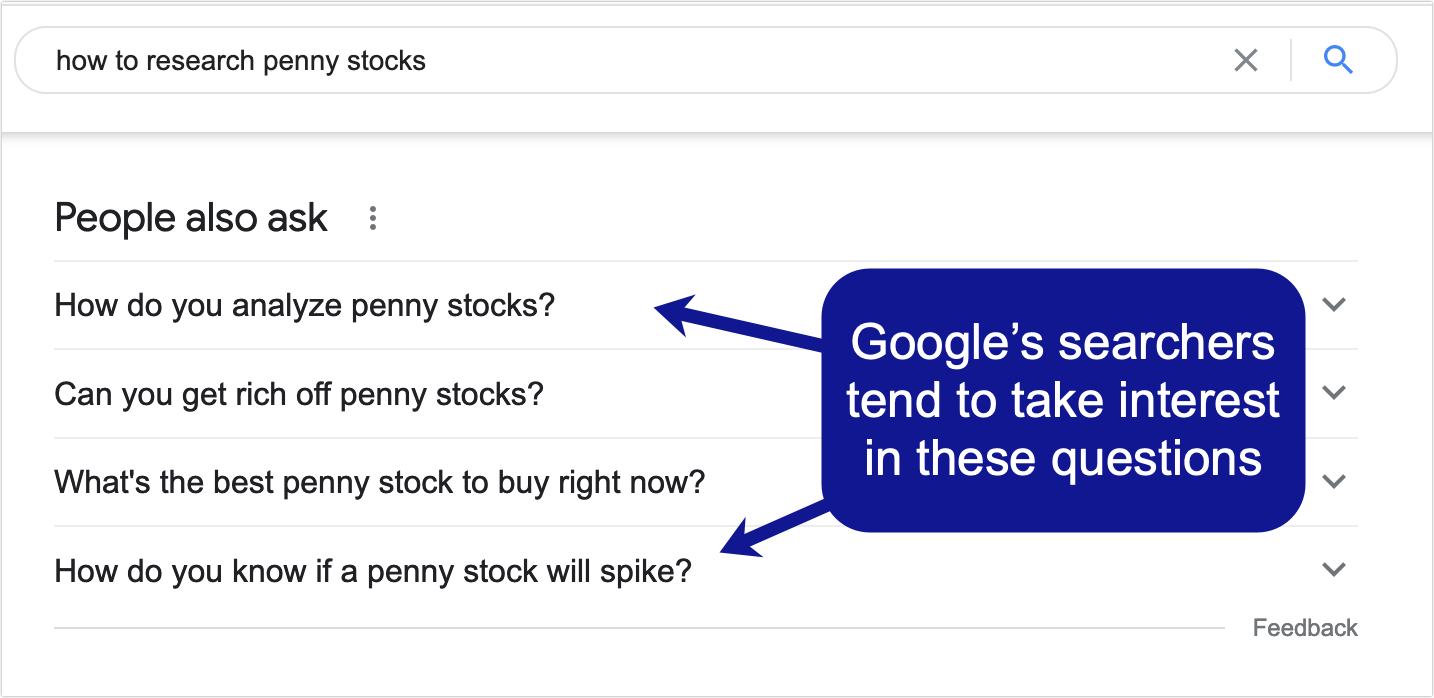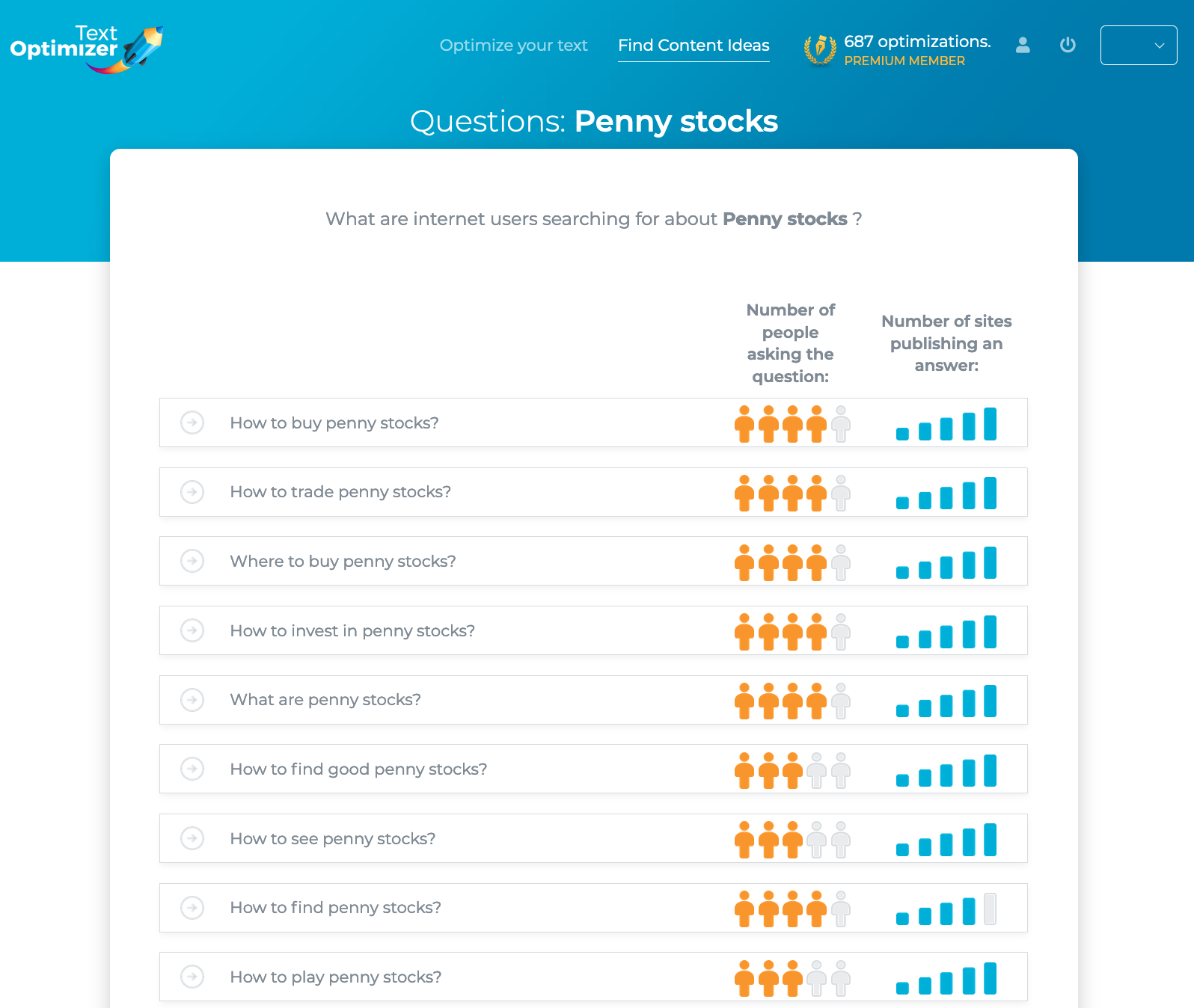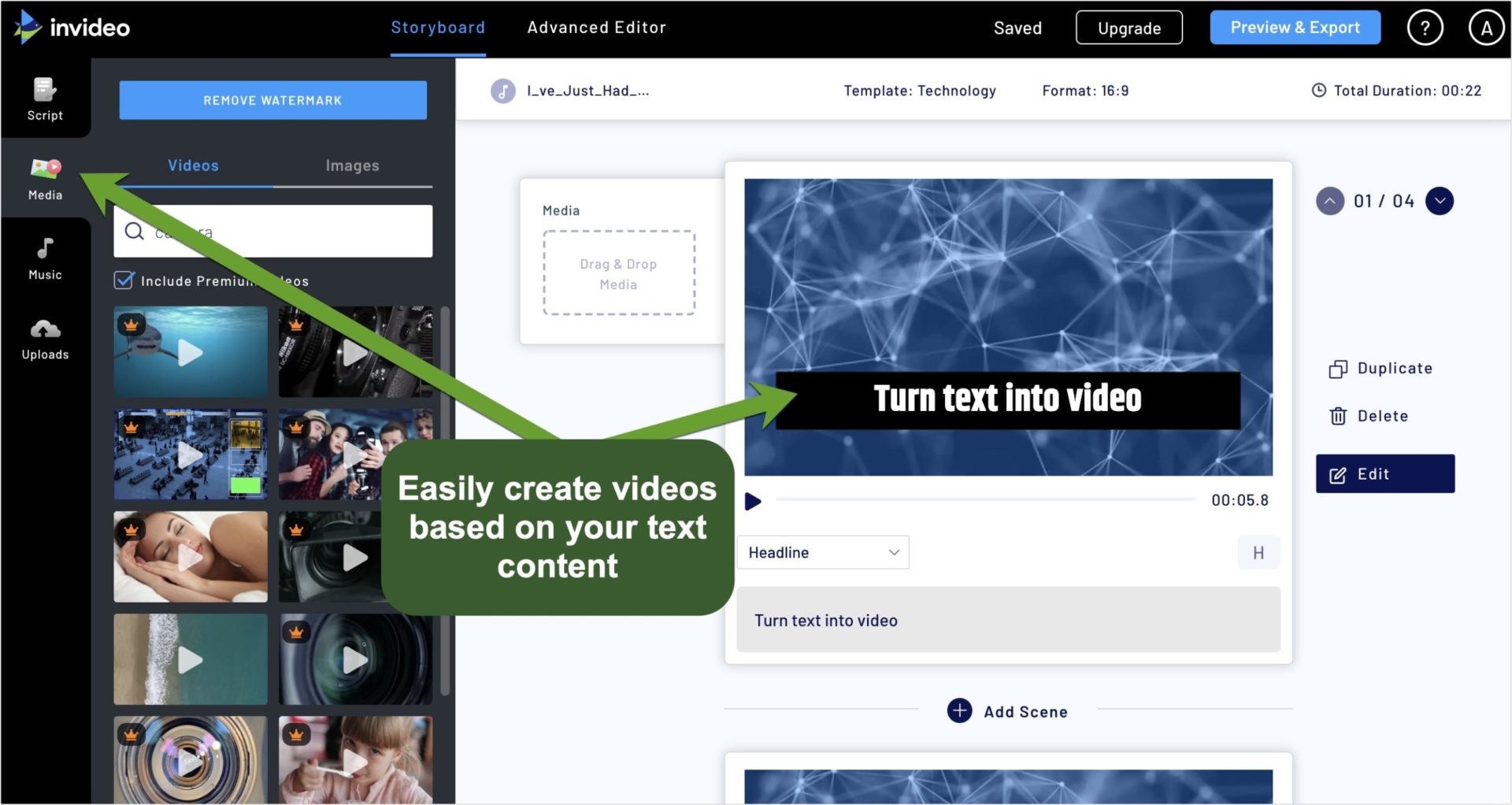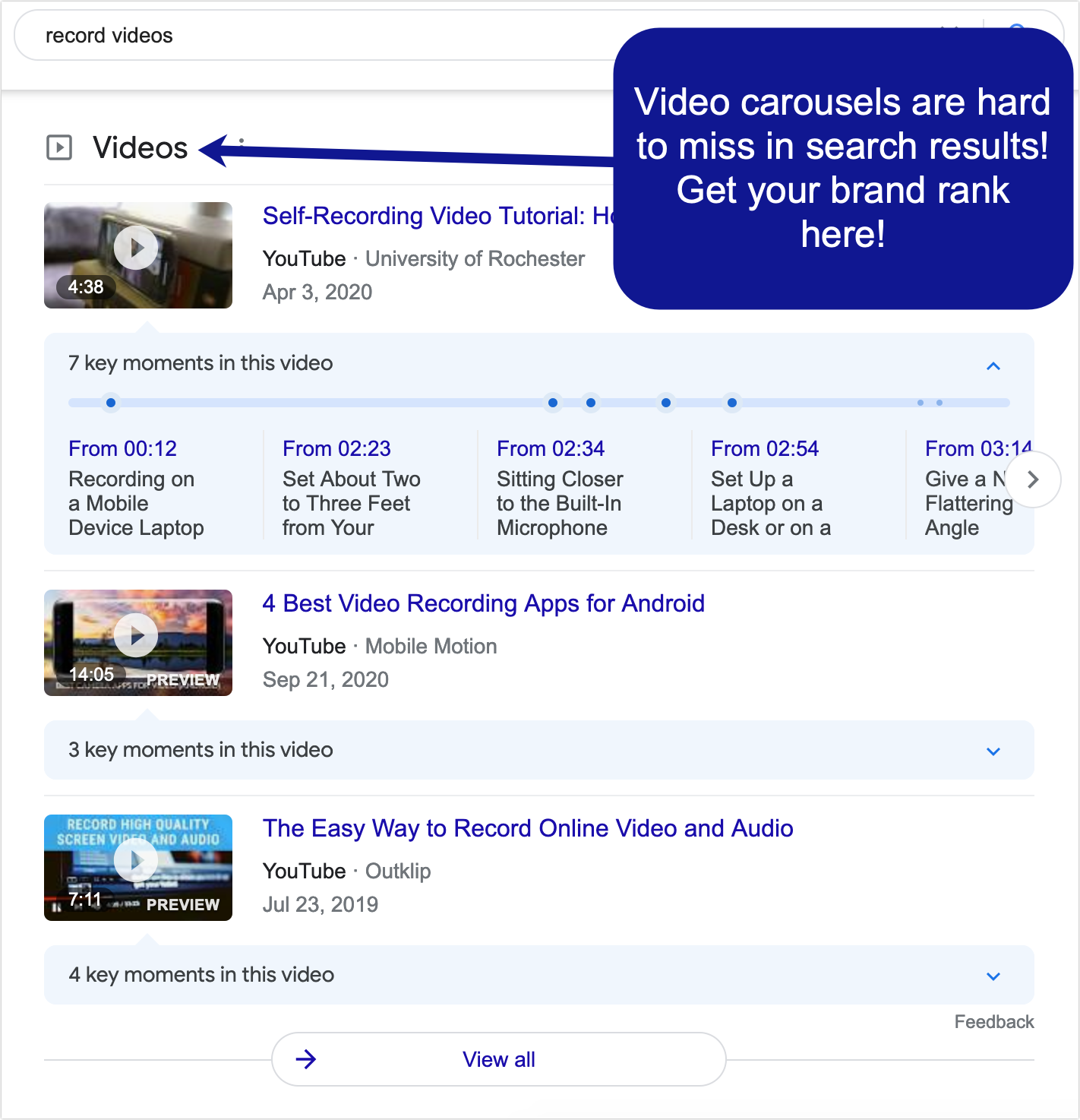How To Drive More Traffic And Conversions From Your Blog Posts

By Prebuilt Sites Team
April 18, 2022
There’s no such thing as too much traffic or too many conversions. We all have many blog articles that we wish got more reach and more engagement. Even the best performing content doesn’t get clicked on all of the time and every single click down our sales funnels doesn’t result in a purchase. There are a few things you can do to maximize the traffic and conversions from your blog articles. We all know adding a call to action at the end of your blog article is important, but make sure you’re including them throughout your content as well. Use video content to drive engagement. You could also answer questions that are frequently asked on search using FAQ schema. All you need to do to implement this is answer more than two questions on a page. Keep reading to learn how to drive more traffic and conversions from your blog articles. If you have any questions about your sales or SEO strategy or want us to handle it for you, reach out to us at Prebuilt Sites or The BBS Agency. We’d love to help you out!
Are you satisfied with how your content is performing?
Few content creators will answer “yes” to this, and understandably so.
At least half of digital content goes unnoticed, and even those articles that do drive some clicks still leave us wanting more.
There’s no such a thing as too much traffic or too many conversions. Here are a few ideas to drive more traffic and conversions from your blog articles.
1. Add a Section Where You Answer Related Questions
In any niche, there’s no shortage of questions people are discussing and seeking answers to. Make it a good habit to always do a quick question research every time you are working on a new article.
Generally, answering popular questions on your pages helps on many levels:
- Improve your odds to rank each page higher (answering questions adds relevant content to your pages)
- Get it featured more, as well as make your content better optimized for voice search
- Improve engagement by addressing popular questions (questions are well known to grab human beings’ attention and prompt them to take a pause and start looking for an answer)
Additionally, for those content creators who provide useful answers to niche questions, Google has introduced structured markup to help them stand out in search.

(Source: Convince & Convert)
Google has introduced structured markup to help them stand out in search. Here’s an example of what FAQ schema looks like in the search results.
To implement the FAQ schema on your page, all you need is to answer more than two questions on your page. I suggest doing that as a separate section underneath each of your articles. It doesn’t take too much time, especially if you are familiar with the topic. There’s a WordPress plugin that allows you to easily implement FAQ markup on your WordPress site.
To find questions to answer, use a combination of the following tools:
1.1 People Also Ask
Google has been featuring related questions (and answers) within a special search element called “People Also Ask” for a few years now. These days, they show up for the majority of search queries, and they give you a good idea of your target audience’s searching journeys.

The “People Also Ask” results can give you good ideas about what your audience is searching for.
(Source: Convince & Convert)
It is a good idea to spend some time taking a note of questions that rank for your target search query and cover a few in your content.
1.2 Text Optimizer
Text Optimizer has a cool feature that allows you to research semantically relevant questions for any search query. Text Optimizer offers you a bird’s view of all possible questions for any topic, letting you get a quick understanding of how to structure your content.

Text Optimizer shows you related questions for search terms and helps you get a quick understanding of how to structure your content. (Source: Convince & Convert)
1.3 Ahrefs
Ahrefs (as well as alternatives) has a separate section where you can see all search queries that are phrased as a question. There’s also a handy filter that allows you to group those questions by a keyword modifier.
With Ahrefs, you can see all search queries that are phrased as a question. (Source: Convince & Convert)
1.4 Search Quora
While all the above tools rely on Google, Quora is your key to seeing real people discussing what really interests them. Check Quora to see the most popular discussions on your chosen article topic and keep a record of the threads you may also want to participate in when your article is live.
Quora is a goldmine of useful data for SEO and exposure.

As part of your keyword research process, check Quora — it is a goldmine of useful data for SEO and exposure.
(Source: Convince & Convert)
2. Create and Embed Videos
Videos are well-known for their ability to boost engagemen in just about any medium, including email marketing and social media.
In fact, videos are believed to be the future of the social media web. According to Maxwell Hertan of Megaphone Marketing, video is the major form of content consumed on social media these days. Without video, there is no content marketing.
So why not use videos more often?
These days, videos are quite easy to create. You no longer need to invest in expensive software or training to start producing video content. You can easily record yourself sharing some wisdom using Zoom or, if you are shy like me, you can simply turn your text content into video format using online tools like Invideo.

Tools like Invade let you easily create videos based on your text-based content. (Source: Convince & Convert)
The beauty of getting into a habit of creating a video each time you write an article is that you will have engaging content for promoting your content on social media.
Social media users don’t like links much as they like images and videos, so you will generate many more shares and clicks if you have a nice video to help you promote your article.
The bonus is that you will also have a chance to rank your content in more than just organic results. Videos receive extra exposure in search through video carousels that drive extra clicks and brand visibility.

3. Diversify Your in-Content Calls-to-Action
I know attracting many readers is nice, but what do you really want them to do on your site? Most articles are written to inform or entertain, but if you are smart about marketing your blog, you also want those readers to become your customers or subscribers.
Here are some possible actions you should include:
- Share your article to get more clicks
- Opt-in to your email newsletter
- Come back again sometime in the future
Originally published on Convince and Convert.


